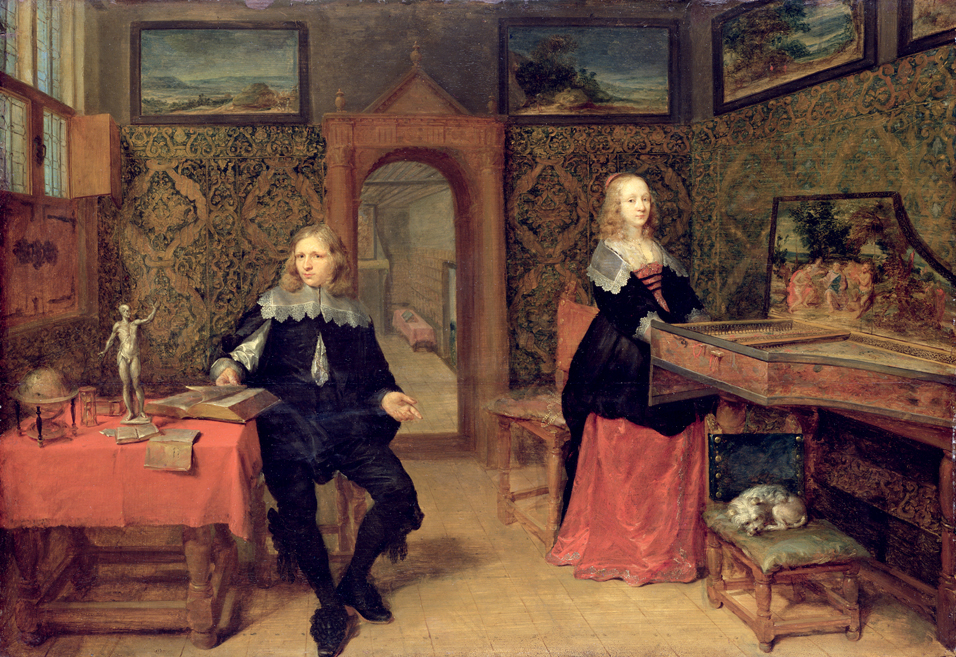The Dutch Republic
The independence of the Republic of the United Provinces of the Netherlands was recognized in 1648 in the treaty that ended the Thirty Years’ War. Rejecting the rule of a monarch, the Dutch adopted a system of republicanism, whereby power rested in the hands of the people and was exercised through elected representatives. Other republics of the time included the Swiss Confederation and several autonomous city-
In each province, the Estates appointed an executive officer, known as the stadholder, who carried out ceremonial functions and was responsible for military defense. Although in theory freely chosen by the Estates, in practice the reigning prince of Orange usually held the office of stadholder in several of the seven provinces of the republic. Tensions persisted between supporters of the House of Orange and those of the staunchly republican Estates, who suspected the princes of harboring monarchical ambitions. When one of them, William III, took the English throne in 1689 with his wife, Mary, the republic simply continued without stadholders for several decades.

Global trade and commerce brought the Dutch the highest standard of living in Europe, perhaps in the world. Salaries were high, and all classes of society ate well. A scholar has described the Netherlands as “an island of plenty in a sea of want.” Consequently, the Netherlands experienced very few of the food riots that characterized the rest of Europe.7
The moral and ethical bases of their commercial wealth were thrift, frugality, and religious tolerance. Jews enjoyed a level of acceptance and assimilation in Dutch business and general culture unique in early modern Europe. (See “Individuals in Society: Glückel of Hameln.”) In the Dutch Republic tolerance not only seemed the right way, but also earned profits by attracting a great deal of foreign capital and investment. After Louis XIV revoked the Edict of Nantes, many Huguenots fled France for the Dutch Republic. They brought with them a high level of artisanal skill and business experience, as well as a loathing for state repression that would help inspire the political views of the Enlightenment (see “The Early Enlightenment” in Chapter 19).